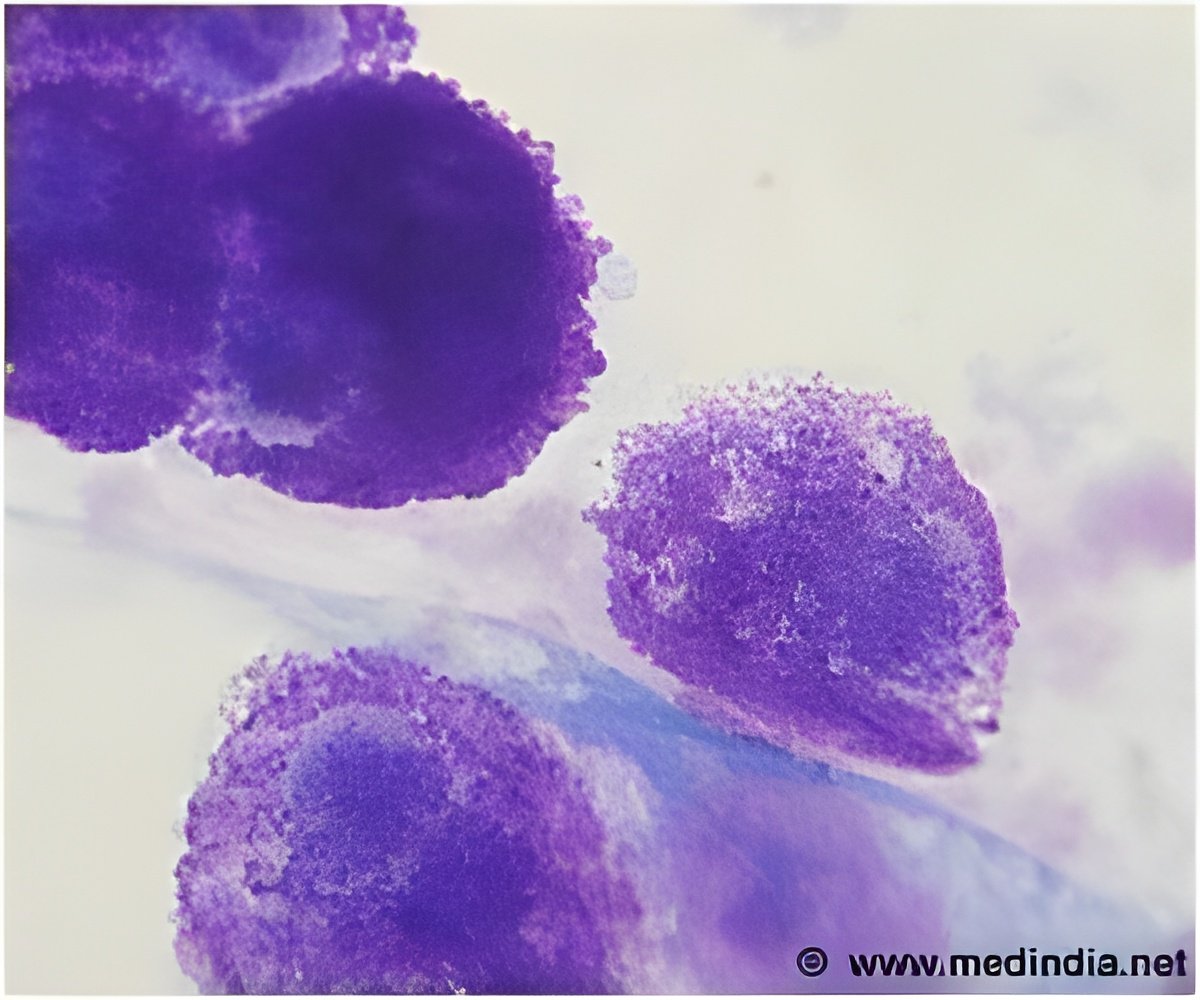
"In the future, surgeons will be better able to detect and stage cancer that has spread to the patient's lymph nodes using molecules that were designed and developed at UC San Diego," Nguyen said.
Lymph nodes, located throughout the body, serve as filters that contain immune cells to fight infection and clean the blood. When cancer cells break away from a tumour, the cells can travel through the lymph system and hide in these tiny organs.
Surgeons remove the nodes to determine if a cancer has spread. However, human nodes, only half a centimetre in size, are difficult to discern among the surrounding tissue during surgery.
Furthermore, even when surgeons are able to map the location of the nodes, there is no current technique that indicates whether or not the lymph nodes contain cancer, requiring removal of more lymph nodes than necessary.
"With molecular-targeted imaging, surgeons can avoid unnecessary removal of healthy lymph nodes which is better long-term for patients," Nguyen said.
Advertisement
The fluorescently labelled molecules, known as ratiometric activatable cell-penetrating peptides (RACPP), are injectable. When used in mouse models, surgeons could see where the cancer had spread with high sensitivity and specificity even when the metastatic sites were only a few millimetres in size.
Advertisement
Current methods for managing prostate cancer and neck squamous cell carcinoma only reveal the extent of cancer involvement after the patient has undergone surgical removal of all susceptible lymph nodes.
This new technique will decrease OR time because the surgical team need not wait for pathology reports, decrease time under anaesthesia, and decrease unnecessary surgery on noncancerous lymph nodes.
The study has been published in the journal Cancer Research.
Source-ANI














